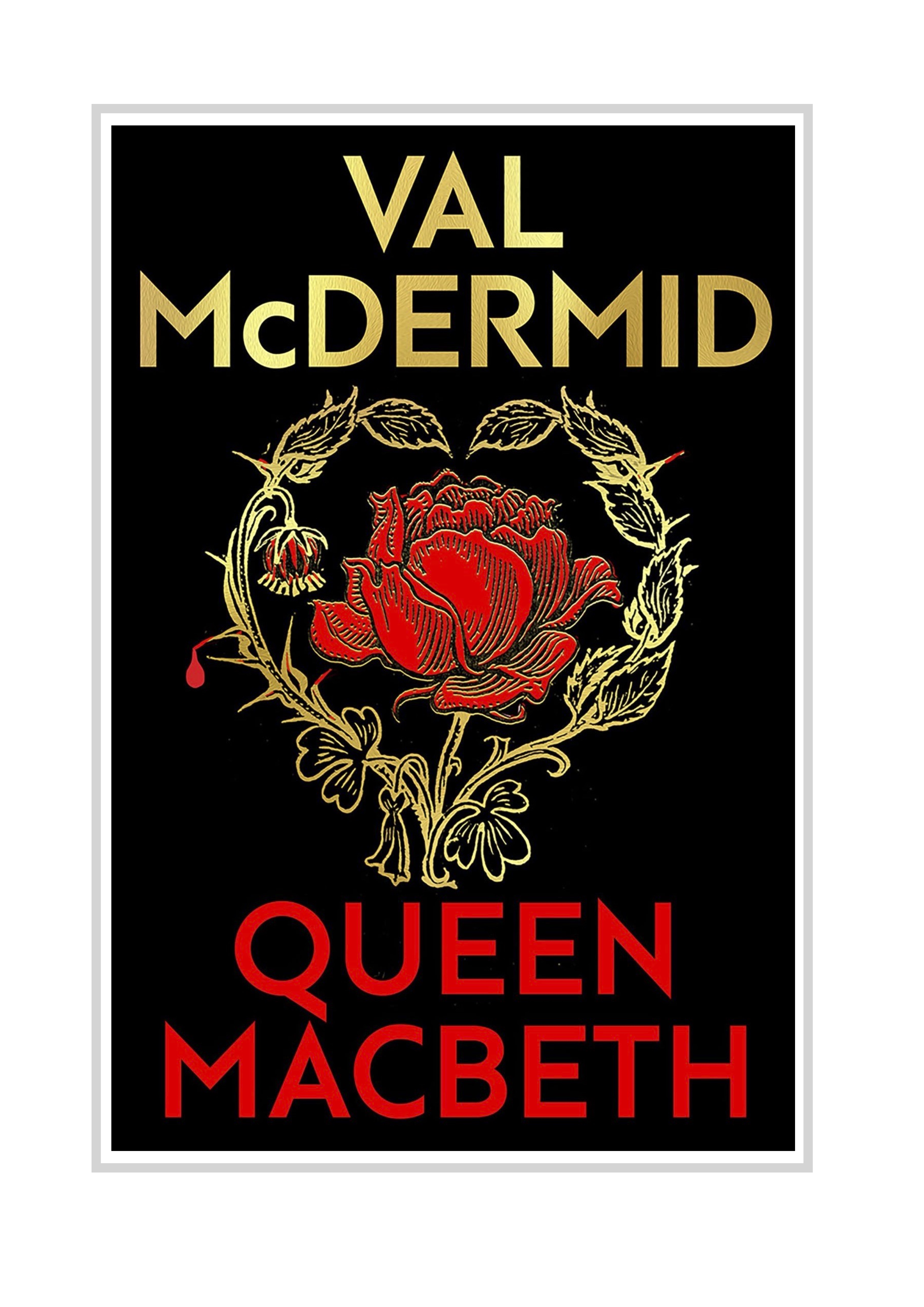Maggie Rabatski Holding (New Voices Press, 2012) (Designed and printed by Perjink Press, 2012)
Alexander Hutchison Tardigrade (Perjink Press, 2013)
by Richie McCaffery

“Perjink” is a Scots word for neat, well turned-out, trig. These qualities are exemplified in the poetry pamphlets brought out by the small Scottish independent press of the same name, founded by artist and poet Dorothy Lawrenson in 2005. Lawrenson has a background in both the written and visual arts, and her press produces elegant keepsakes that appeal to both the mind and eye. Handmade using graded paper, silk-paper endpapers, sturdy, textured card covers and in the case of Rabatski, lush reproductions of period sepia photographs, and in Hutchison’s, a tracing paper image of a tardigrade floating over the title page.
Although Maggie Rabatski’s Holding, her second collection, was brought out by New Voices Press (“the chief imprint and publishing arm” of the Federation of Writers Scotland) it was designed and printed by Perjink. There is a decidedly co-operative feel to these pamphlets; for instance Hutchison’s editorial input is acknowledged in Rabatski’s pamphlet and this creates a sense of poets and publishers helping each other along into print, particularly in Glasgow where there are Clydebuilt writers schemes and some of the best creative writing workshops in the country.
Maggie Rabatski hails from Rodel on Harris but has spent many years living in Glasgow’s West End. This does not produce the obvious split personality you might expect in her work, a struggle with both an island background and a vibrantly urban milieu. This is perhaps best brought out in her bilingualism; certain poems here come first in Gaelic, second in English, while others are richly interspersed with unique Gaelic terms. Rabatski’s poems are both evocative and elegiac without being simply nostalgic pastorals. This is a poet who clearly admires hard work, from the creative and poetic to the practical and agricultural and the recurring sense one gets when reading these poems is of Rabatski herself taking in her own harvest. In “Haymaking at Rodel, 1963” Rabatski gives us a poem reminiscent of George Mackay Brown’s “Hamnavoe Market” but where instead of wasting the day, the island men actively make it worthwhile:
Rabatski’s poem “Sacrifice/Íobairt” featured recently in the Scottish Poetry Library’s “Best Scottish Poems 2012” and is not only about the forcible separation of a cow from her calf but also a meditation upon the loss of childhood and innocence:
Rabatski often only lets the reader in so far, and this is certainly no criticism of her work. Some of the strongest poems I can think of refuse to do all of the work for the reader and strike a balance between concealment and revelation. For instance, in “Blue Blazer” we see a traumatic chapter from the poet’s childhood explored through the means of an ill-fitting blue blazer:
Because the subject matter of Rabatski’s poems is often so acute and painful, her approach of only letting the reader see so much is one that makes the poems linger in their understated enigmatic power. In all of these poems you’ll find either the poet or someone from her past engaged in the act of making something, from crowdie to a “big soup”, even when this act of creation can often bring back memories of severance that the poet still desperately seeks to hold onto.
 In Tardigrade, Alexander Hutchison introduces us to the miniscule but fascinating creature the tardigrade, dismissing its cute and diminutive nicknames (“water bear”) as pointless anthropomorphism. In fact, for such a tiny mite Hutchison’s tardigrade is well equipped to take on not only extremes of temperature and pressure but big global and ontological issues. In this extended dramatic monologue from the point of view of the tardigrade itself, we hear a human-sounding voice, but one acquainted with science, philosophy, existentialism and acting as the tardigrade ambassador, clearing up misconceptions about his species and showing ways in which mankind could benefit from being a little more like its own kind:
In Tardigrade, Alexander Hutchison introduces us to the miniscule but fascinating creature the tardigrade, dismissing its cute and diminutive nicknames (“water bear”) as pointless anthropomorphism. In fact, for such a tiny mite Hutchison’s tardigrade is well equipped to take on not only extremes of temperature and pressure but big global and ontological issues. In this extended dramatic monologue from the point of view of the tardigrade itself, we hear a human-sounding voice, but one acquainted with science, philosophy, existentialism and acting as the tardigrade ambassador, clearing up misconceptions about his species and showing ways in which mankind could benefit from being a little more like its own kind:
The tardigrade is conversational, wordy and sometimes cocksure, as boastful as the Devil himself in the Rolling Stones’ “Sympathy for the Devil”:
Tardigrade is an arch and puckish creature but it is fundamentally a bringer-about of positivity and change, highlighting both human folly and strength:
After footling around on earth in sphagnum moss, Tardigrade decides to transcend a misunderstanding humankind and travel to the face of the sun. This means both the destruction but also reaching the pinnacle of its existence. It is hardly surprising that such an idiosyncratic and philosophical poem had an open-air reading by Hutchison in the Old Carlton Burial Ground in Edinburgh, in front of David Hume’s mausoleum. I think Hume, a vocal atheist, would have approved of Tardigrade’s long and poetic monologue on life and the “large nothingness” thereafter. Tessa Ransford has since compared the poem to Hugh MacDiarmid’s “On a Raised Beach” and while MacDiarmid grapples with both big living things and big insentient stony things, Hutchison uses the tiniest, hardiest thing to point out essentially the same big argument, cogently expressed also in John Glenday’s poem “Yesnaby” where “Not one of us will live forever – / the world is far too beautiful for that.” The key is to live a little more like the tardigrade, to revel in your uniqueness and surroundings while they last:











Leave a Reply